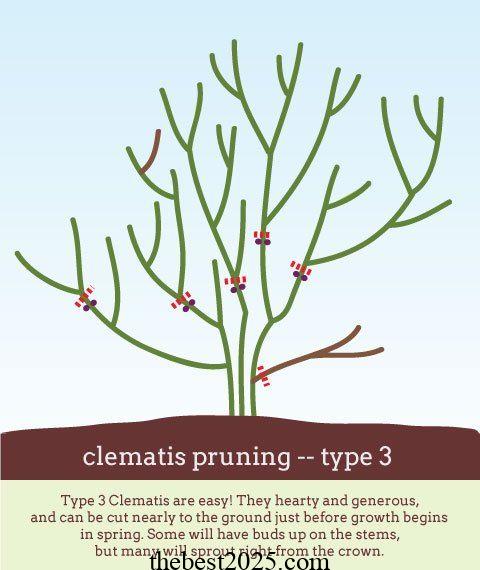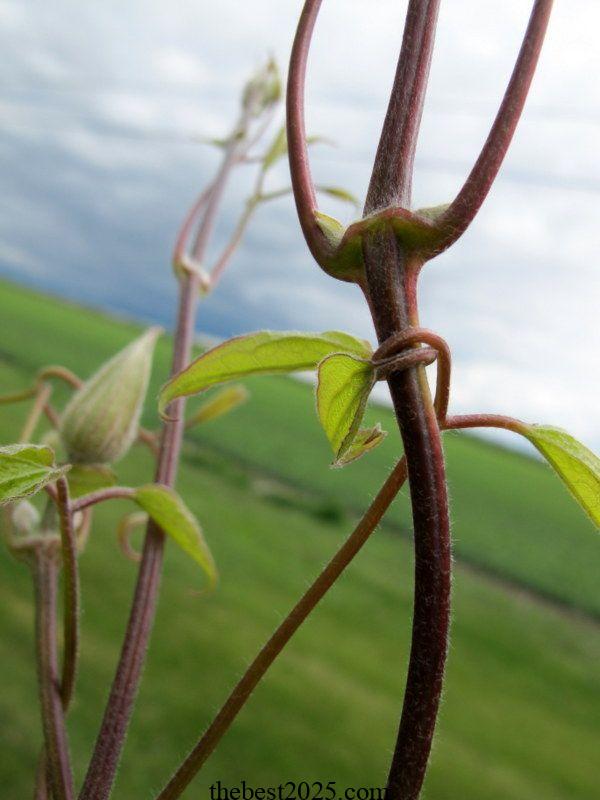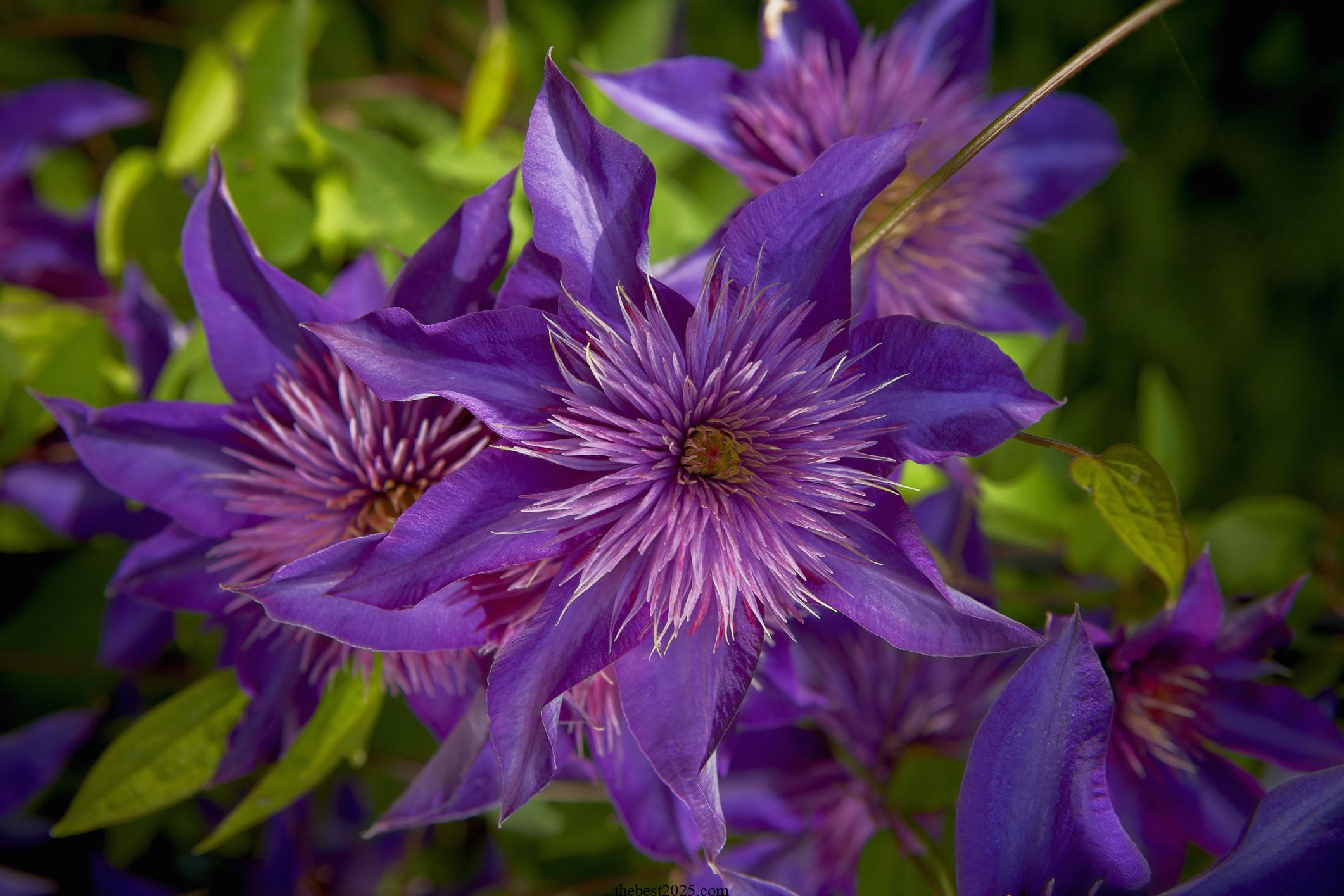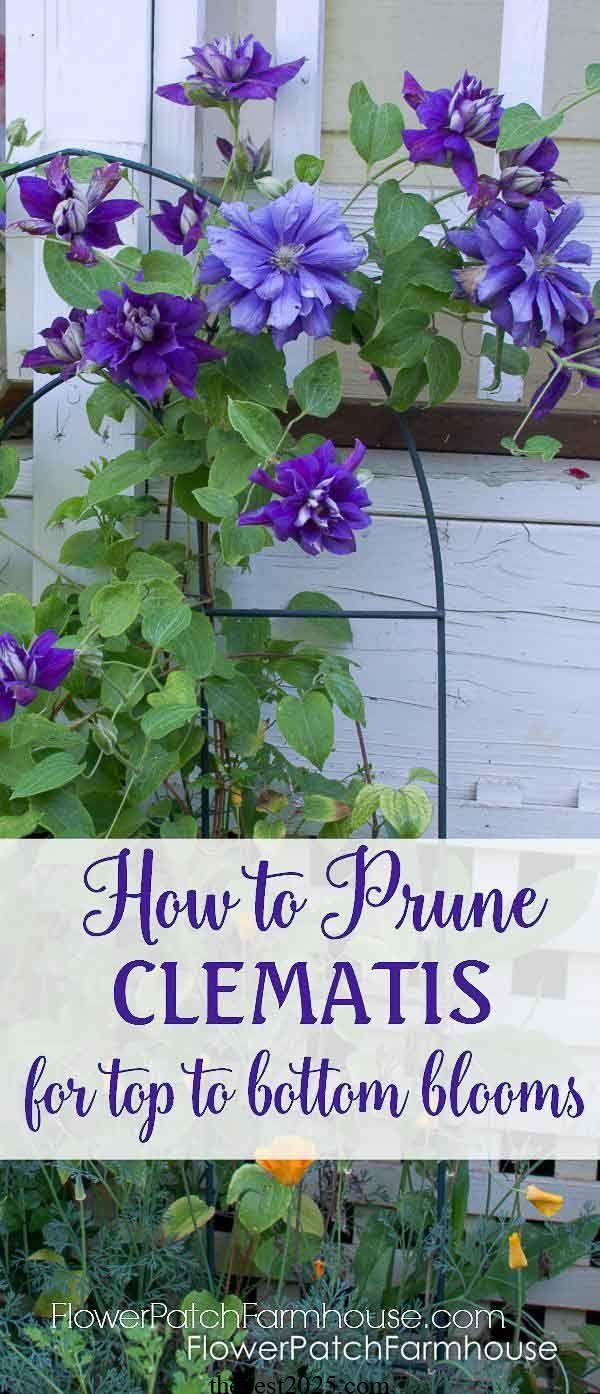How to Prune Clematis Vines for Copious
Flowers
When it comes to cultivating stunning clematis
vines that explode with an abundance of flowers, pruning is a
fundamental skill that every gardener should master. Clematis, with its
captivating blooms and various species, can transform your garden into a
botanical paradise. To achieve that visual spectacle, you need to understand
the art of pruning and tailor it to your specific clematis variety. In this
comprehensive guide, we’ll delve into the world of clematis pruning and share
expert tips on how to ensure your vines flourish with an array of copious,
vibrant flowers.
Understanding Clematis
Varieties

Before we embark on
the pruning journey, it’s crucial to familiarize ourselves with the different
clematis varieties. Clematis can be categorized into three main groups, each
with distinct pruning requirements:
1. Group 1: Early Blooming
Clematis
Group 1 clematis are early bloomers, typically
flowering in spring. These varieties set their flower buds on the previous
year’s growth. Pruning for this group is minimal, primarily focusing on
shaping and removing dead or damaged growth. You should perform any necessary
pruning immediately after their blooming period in early
spring.
2. Group 2: Large-Flowered
Clematis
Large-flowered clematis, found in Group 2, produce
their first flush of blooms on old wood and subsequent blooms on new growth.
Pruning for these clematis types aims to strike a balance between rejuvenating
the plant and retaining some old wood for early flowers. The ideal time for
pruning is during late winter or early spring, before new growth
begins.
3. Group 3: Late Blooming Clematis
Group
3 clematis are late bloomers, showcasing their vibrant colors in late summer
and fall. These varieties bloom exclusively on new growth, so pruning can be
more aggressive. You should cut them back severely in late winter or early
spring to encourage vigorous new growth and a profusion of late-season
blossoms.
Now that you have a grasp of the clematis groups,
let’s explore the specific steps to prune your clematis for the best
results.
Pruning Techniques for Lush Clematis
Blooms

Pruning Group 1
Clematis:
- In early spring, after the first bloom,
carefully remove any dead or weak stems. - Trim back overgrown
vines to control the shape and size of the plant. - Avoid heavy
pruning, as Group 1 clematis primarily rely on the previous year’s growth for
their flowers.
Pruning Group 2 Clematis:
- Prune during late winter or early spring to remove dead or
damaged wood. - Cut back some of the old growth, leaving around
two to three pairs of buds per stem. - This encourages new growth
to produce a fresh set of flowers on the remaining old wood.
Pruning Group 3 Clematis:
- In late winter or
early spring, perform a more drastic cut, leaving only a few inches of old
growth. - Remove all weak or dead stems to promote strong new
growth. - This rejuvenating cut stimulates an explosion of blooms
on the new growth during late summer and fall.
Additional Tips for Clematis Care

proper support, such as trellises, arches, or fences, to help them grow and
display their vibrant flowers.
Clematis vines prefer consistently moist soil. Mulching the base of the plant
helps retain moisture and regulate soil
temperature.
slow-release fertilizer in early spring to nourish the clematis throughout the
growing season.
varieties thrive in full sun to light shade. Ensure they receive adequate
sunlight for robust growth and prolific flowering.
and Disease Management: Keep an eye out for common issues like aphids
and powdery mildew. Treat as needed to maintain your clematis’s
health.
encourage them to grow in the desired direction and to cover the support
structure effectively.
Frequently Asked Questions
(FAQ)

Q1: Can I prune my clematis at
any time of the year?
A1: No, the timing of pruning depends on
the clematis group. Group 1 should be pruned immediately after the first bloom
in early spring, Group 2 during late winter or early spring, and Group 3 in
late winter or early spring for a rejuvenating cut.
Q2: How do
I know which clematis group my plant belongs to?
A2: To
determine your clematis group, observe its flowering time. Early bloomers are
Group 1, large-flowered clematis are Group 2, and late bloomers are Group
3.
Q3: What should I do if my clematis is not flowering as
expected?
A3: If your clematis is not blooming as desired, it
may be due to incorrect pruning, insufficient sunlight, or inadequate
nutrients. Review the care guidelines and adjust
accordingly.
Q4: Can I grow clematis in a
container?
A4: Yes, clematis can thrive in containers. Choose a
large pot, provide proper support, and ensure the soil remains consistently
moist.
Wrapping It
Up

Pruning your clematis vines
according to their specific group is the key to abundant, breathtaking
flowers. Whether you have early bloomers, large-flowered varieties, or late-
season marvels, understanding the art of pruning ensures your garden will be
graced with the beauty of clematis throughout the year. With the right care,
support, and pruning techniques, your clematis will flourish and become the
envy of your gardening community.
tag
- chicken
feed - how to Keep Chickens Off Your Porch
- How to grow oyster mushrooms at home
- Growing Kale in Pots


0 Comments